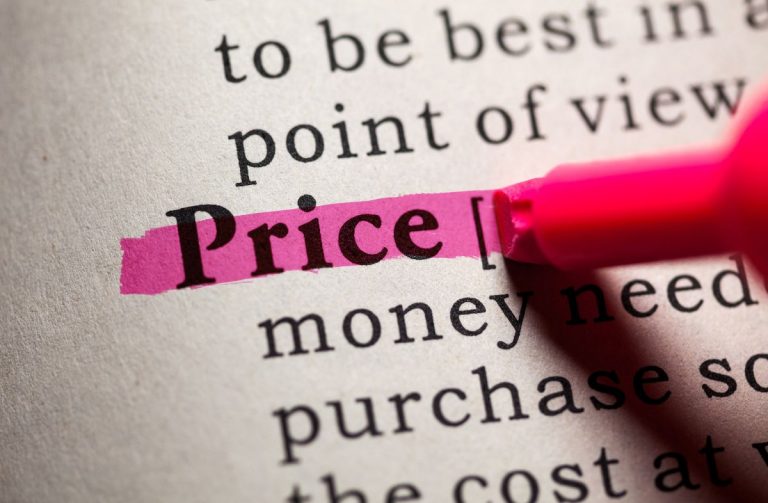Are you looking for the best ways to gain a competitive advantage in the marketplace? Do you want to make sure you’re setting the right prices for your products and services? Have you been trying to find the right price benchmarking strategies to stay ahead of your rivals? If so, then you need to understand the importance of competitive intelligence and price benchmarking. Why competitive intelligence and price benchmarking are essential tools for any business and will provide strategies for achieving the right price benchmarking.
What is Competitive Intelligence?
Competitive intelligence (CI) is the process of gathering and analyzing data to gain insights into your competitors’ activities and strategies. The goal of CI is to enable a company to make informed decisions that will give it a competitive edge in the marketplace. It can involve monitoring your competitors’ pricing strategies, marketing campaigns, product launches, customer service initiatives, and other activities. By understanding your competitors’ strategies, you can develop your own strategies that will give you an advantage.
What is Price Benchmarking?
Price benchmarking is the process of comparing the prices of your products or services to those of your competitors. This allows you to identify any pricing discrepancies and make adjustments accordingly. The goal of price benchmarking is to ensure that your prices are in line with industry standards, while still allowing you to remain competitive and profitable.
There are several methods that can be used for price benchmarking, including:
Online research: Utilizing search engines and industry websites to research the prices of similar products or services offered by your competitors.
Surveying customers: Asking customers about their experiences with the prices of similar products or services offered by your competitors.
Directly comparing prices: Visiting your competitors’ physical locations or websites to compare the prices of their products or services to yours.
Why are Competitive Intelligence and Price Benchmarking Important?
Competitive intelligence and price benchmarking are essential tools for any business that wants to gain a competitive advantage in the marketplace. Price benchmarking is a vital process for any business looking to stay competitive in today’s market. By regularly comparing your prices to those of your competitors, you can ensure that you are offering your products or services at a fair and attractive price point. Without these tools, it’s impossible to know how to price your products and services effectively.
Competitive intelligence and price benchmarking give you the information you need to make informed decisions. By understanding your competitors’ strategies, you can develop strategies that will give you an edge in the marketplace. You can also use price benchmarking to make sure you’re offering competitive prices and to identify new opportunities for pricing optimization.
The Advantages of Price Benchmarking
Improved competitiveness
Regularly benchmarking your prices against those of your competitors, you can ensure that your prices remain competitive and attractive to potential customers.
Increased profitability
By identifying any pricing discrepancies and making adjustments accordingly, you can increase your profitability and boost your bottom line.
Better understanding of the market
Through the process of price benchmarking, you can gain a better understanding of the market and the pricing strategies of your competitors.
Improved customer satisfaction
By offering fair and attractive prices, you can increase customer satisfaction and loyalty.
Cost savings
By identifying areas where you can reduce costs, you can ultimately save money and increase your profit margins.
Strategies for Achieving the Right Price Benchmarking
Now that you understand the importance of competitive intelligence and price benchmarking, let’s look at some strategies for achieving the right price benchmarking:
1. Gather and Analyze Data
The first step in achieving the right price benchmarking is to gather and analyze data. You need to collect data on your competitors’ prices, promotions, and other activities. You should also look at industry trends and customer feedback. This data will help you understand your competitors’ strategies and identify opportunities for pricing optimization.
2. Use Automated Tools
There are a number of automated tools available that can help you gather and analyze data. These tools can automate the process of collecting and analyzing data, making it easier and faster to gain insights into your competitors’ activities and pricing strategies.
3. Monitor Your Competitors Regularly
You need to monitor your competitors regularly if you want to stay on top of their strategies and pricing changes. You should set up alerts that will notify you when your competitors make changes to their prices or launch new promotions. This will help you stay up-to-date and make sure you’re always offering competitive prices.
4. Develop a Pricing Strategy
Once you’ve gathered and analyzed data, you need to develop a pricing strategy. This strategy should be based on the data you’ve collected and should take into account factors such as market trends, customer feedback, and your competitors’ strategies.
5. Test and Adjust
It’s important to test and adjust your pricing strategy regularly. This will help you identify any areas where you can optimize your pricing and ensure you’re always offering competitive prices.
The Importance of Setting the Right Price
Setting the right price for your products or services is essential to the success of your business. If you charge too much, you may find that you’re not competitive in your market, and that you’re not able to sell as many products or services as you’d like. On the other hand, if you charge too little, you may find that you’re not able to cover your costs, and that you’re not making a profit.
When it comes to pricing, benchmarks can be incredibly valuable. They can provide a sense of what the market is willing to pay for similar products or services, and can help you to understand what prices are reasonable. Additionally, benchmarks can help you to identify areas where you may be able to charge more, or where you may need to reduce your prices in order to be competitive.
There are a number of different types of benchmarks that you can use to inform your pricing decisions.
How Can Cluster Help?
Build and enhance product data efficiently to understand insights from channel to channel. Complete solution from catalog integrity and assortment to seller onboarding and more. If you’re ready to start growing your store with the most accurate cross-channel eCommerce data in real-time, book a demo with us today!





No comment yet, add your voice below!